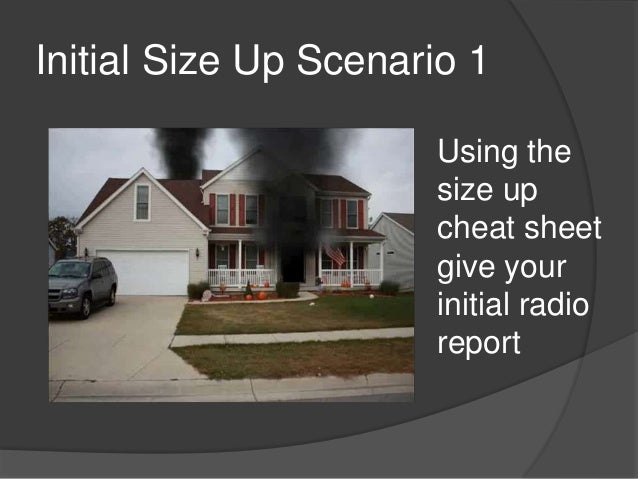
In the absence of hazards delaying progress, such decisions should be made by the time the patient is reached. Number of patients and need for additional helpĬritical to the scene size-up is the need for quick decisions to be made. Scene size-up consists of several steps which may be performed in different orders dependent upon circumstance: Body substance isolation precautions Scene safety Mechanism of injury Number of patients and need for additional help Consider c-spine immobilization Critical to the scene size-up is the need for quick decisions to be made.Scene size-up consists of several steps which may be performed in different orders dependent upon circumstance: This general impression helps the provider to make some important decisions regarding the number and type of transport units needed, and also helps to determine how critical a patient is.


For example, in a car accident, mechanism of injury is detected by estimating the speed at which the collision occurred, looking at the amount of damage, and looking for other factors that may affect the mechanism of injury, such as airbag deployment.
#SCENE SIZEUP HOW TO#
Knowing how to size-up a scene reduces the risk for injury or. A general impression is discovered by evaluating the mechanism of injury. Paramedic safety and patient safety are paramount when arriving on-scene and treating the patient. Therefore, controlling all these life-threats is initially accomplished even before patient contact.Īfter scene management, a pre-hospital care provider gets a general impression of the scene. These factors can cause life-threats for providers, coworkers, and bystanders. Within a critical trauma incident, seeing hazardous material and traffic in an uncontrolled environment is expected.

Approaching and sizing up a trauma incident scene is one of the most important primary steps that a pre-hospital care provider carefully does.


 0 kommentar(er)
0 kommentar(er)
